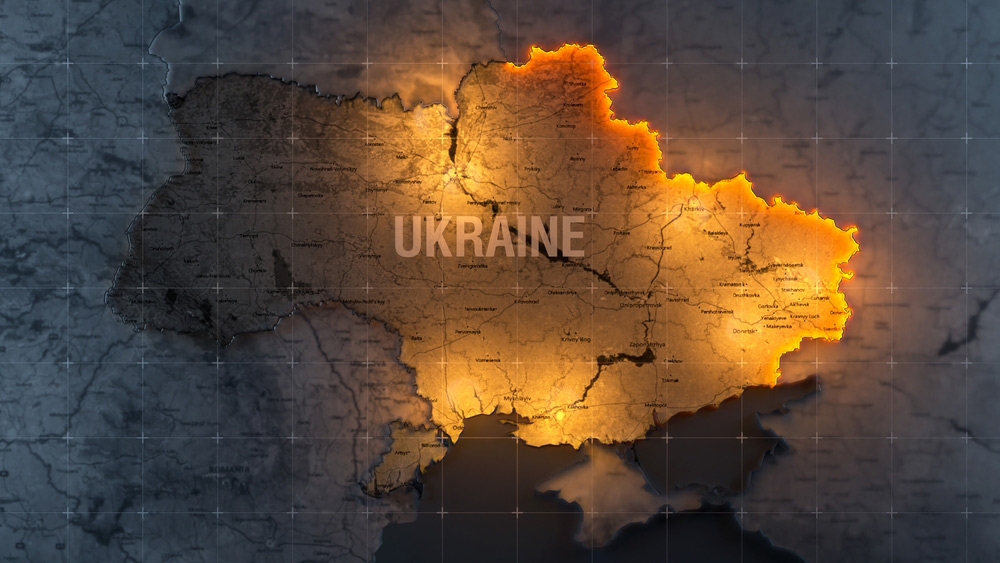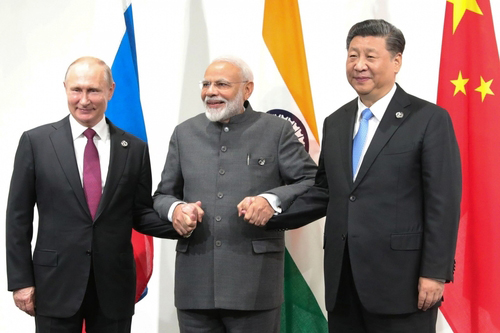The Baltic Sea port city of Kaliningrad, the seat of a sovereign exclave of the Russian Federation between Lithuania and Poland, in the Russian oblast (administrative region) bearing its name, has been a fortress since its founding as Konigsberg in 1255. The Soviet Union’s Red Army captured it from the Germans in April 1945 in one of the last combat operations in East Prussia. After the war, Konigsberg was renamed Kaliningrad in honor of the head of the Soviet Union, Mikhail Kalinin. As part of the August 1945 Potsdam Agreement, the city retained its fortress-like character as the leading edge of the USSR’s Baltic Military District and forward base of the Soviet Union’s Baltic Fleet from 1952 onward. The Soviet frigate Storozhevoy that mutinied and made a failed attempt to escape to Sweden in November 1975, and the Soviet S-363 submarine that famously grounded off the Swedish naval port of Karlskrona in 1981 in the “Whiskey on the Rocks” incident were both in the Baltic Fleet.
The collapse of the Soviet Union in 1990 left Kaliningrad as a Russian island in what increasingly became a NATO sea of new alliance members that included Poland and Lithuania, and a Baltic Sea that went from being a Cold War contested body of water to a NATO lake in just a decade. As a result of initial NATO encroachment in the 1990s and accelerating under the rule of Russian President Vladimir Putin, Kaliningrad has regained its status as a fortress on the Baltic Sea, now armed with cruise missiles, surface-to-air-missile (SAM) batteries, the future submarines of the Baltic Fleet, and nuclear weapons. What then is Kaliningrad? A great Russian anti-access/area-denial (A2/AD) fortress threatening safe transit of the Baltic Sea and the vulnerable Baltic States, or a lone outpost surrounded by adversaries—as was the Alamo in 1836, before the Texas revolutionaries within it were overrun?
Kaliningrad’s Modern Ramparts
From the 1990s through early 2016, Kaliningrad’s military forces were relatively weak but got a significant boost by 2021 with heavy and diverse armaments—missiles, warships, armored vehicles, and troops. The latter consisted of the 11th Army Corps, whose composite ground force units had a nominal strength of 12,000 to 18,000 troops, including T-72 tanks, BTK armored personnel carriers, mobile rocket launchers, and artillery. In addition, the heavily mechanized 336th Guards Naval Infantry Brigade resided in the Kaliningrad oblast, equipped with BTR armored personnel carriers, with at least one battalion capable of air assault. The aircraft in the oblast included four squadrons equipped with a mix of Su-30SM, Su-24, and Su-27 aircraft that were supported by a robust air and missile defense, including four battalions of the S-400 SAM system.
In 2022, the Baltic Fleet contained 52 surface warships, including four of the new, cruise missile-armed Steregushchiy-class corvettes, one Kilo-class submarine, and numerous support vessels. Two of the fleet’s Buyan-class corvettes mount the Kaliber land-attack cruise missile.
The land-based missile arming of Kaliningrad was extensive and included dozens of nuclear-capable Iskander (SS-26) ballistic missiles (with a range of over 300 miles) and the antiship Bastion-P missile system, featuring Oniks P-800 missiles (with a range of 75–210 nautical miles). A map from a 2021 Center for Naval Analyses (CNA) report on the force posture of Russia’s Western Military District shows the depth of Russia’s militarization of the oblast.

Ukraine War Losses Don’t Affect the Baltics
As with other elements of the Russian armed forces, the Russia-Ukraine war has taken a toll on forces originally based in Kaliningrad, as Russia has mobilized units from other regions to offset losses sustained in its invasion. Some US sources have reported that the 11th Army Corps was moved to Ukraine in spring 2022 and suffered heavy losses in combat near the city of Kharkiv in August and September. One battalion of the 336th Guards Naval Infantry Brigade has been reported as deployed to Ukraine as well.
Despite the loss of these ground forces, the air, naval, and missile armament of Kaliningrad remains mostly intact. In February 2023, Dutch F-35s intercepted Russian combat aircraft from Kaliningrad near Poland and escorted them out of Polish air space. In April 2023, German and UK Typhoon fighters intercepted Russian combat aircraft over the Baltics. Russia’s Baltic Fleet also remains active with exercises late last year. Russia’s 2022 Maritime Doctrine suggests that the Russia will continue to press the boundaries of gray-zone warfare, which would certainly include the Baltic region. The Russian submarine force, arguably the most well-resourced and competent arm of the Russian Navy, remains unaffected by the Russia-Ukraine war, and while the Baltic Fleet now possesses one operational Kilo-class submarine, it could ultimately field upwards of six Lada-class advanced subs if their construction continues.
Kaliningrad in the Context of a Larger NATO in the Baltics
While its land-based component may be reduced significantly in numbers, Kaliningrad retains formidable armaments with which to threaten NATO resupply of the Baltic States—and now Finland—as alliance members. Until it develops a larger submarine force, much of the Russian threat resides within air and missile components of Kaliningrad’s armament. Research on that threat, in particular from the Yet Swedish Defense Research Agency (FOI) suggests that Russian ground-based radars and aircraft are essential to Russian surface-to-surface-missile command of the eastern Baltic region. Destruction of any of those parts of the Russian Federation’s Baltic reconnaissance strike complex could seriously reduce the range and effectiveness of Russian missile forces.

Despite this vulnerability to Russian missiles, NATO members Poland and Lithuania—whose territories separate Kaliningrad from Russian ally Belarus only by the 100-kilometer “Suwalki Gap”—remain vigilant against potential Russian aggression. Lithuania still refers to the Kaliningrad oblast as the “biggest threat in the region,” and Poland remains concerned about Russian artillery and missile attacks emanating from the Kaliningrad oblast against NATO nations. Poland recently moved a US-made HIMARS rocket battery near the Kaliningrad border, demonstrating continued concern for potential Russian aggression. Poland also continues to upgrade its ground forces with new mechanized units that could threaten Kaliningrad in return. NATO has long believed that Kaliningrad has been a deployment location for Russian nuclear weapons. Their continued presence further aggravates the security situation in the Baltic region.
Lynchpin or Liability?
Kaliningrad will remain of value to Russia as it is the only year-round, ice-free port of the Baltic Fleet. The weakened Russian ground-force presence in the oblast adds a degree of risk to any Russian operation in the region and reduces the local ground-based threat to Poland and Lithuania. While Russian troops might not threaten the "Suwalki Gap,” Russian aircraft, missiles, and warships based in the Kaliningrad oblast could still obstruct NATO resupply efforts. Kaliningrad, however well-armed, is still surrounded by NATO territory much as West Berlin was encircled by Soviet forces during the Cold War. Yet the specter of Russia’s use of nuclear weapons in defense of Kaliningrad may impede any major Western efforts against Russia’s Kaliningrad oblast. No doubt, NATO will continue to watch Kaliningrad and devise methods to limit its impact on the wider Baltic region.



